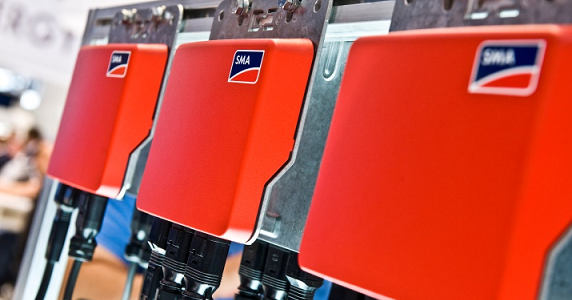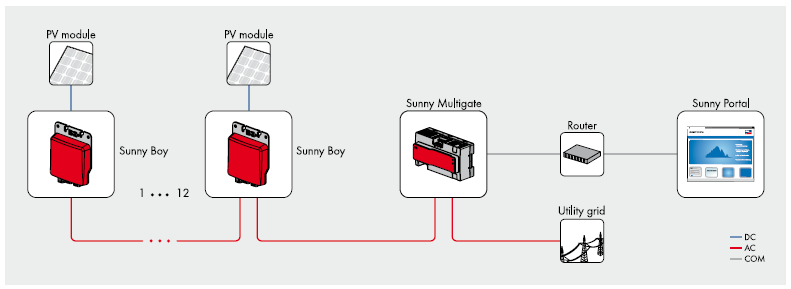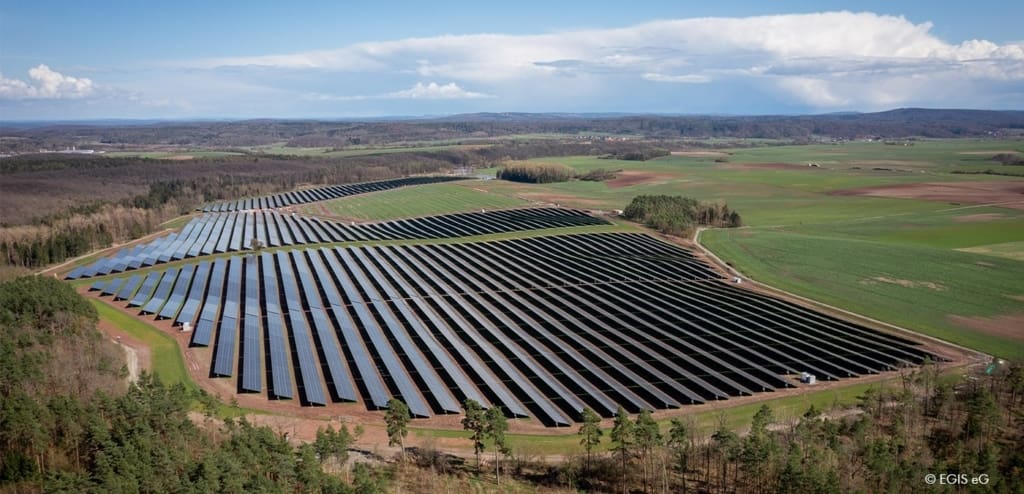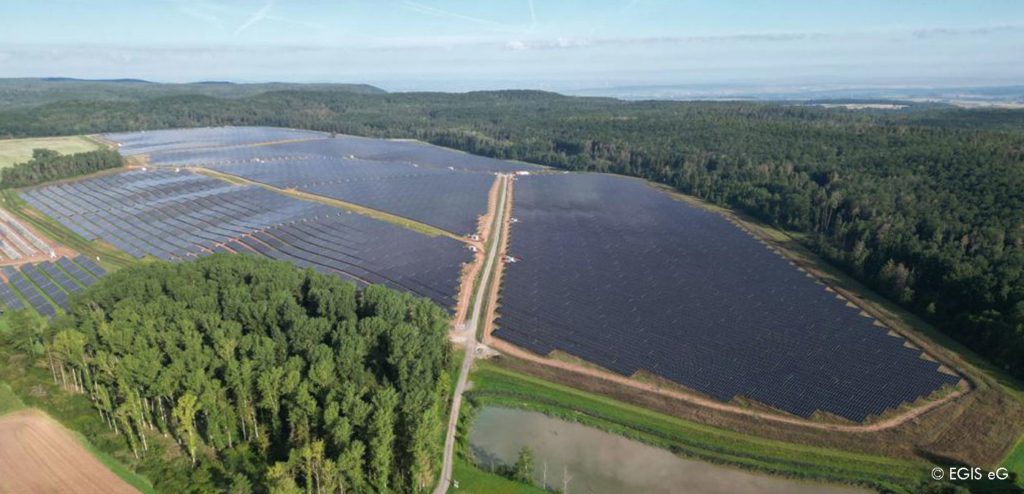The Simplest Introduction to the World of Photovoltaics

With the Sunny Boy 240, SMA offers now a micro inverter as well. However, to take full advantage of a module concept, it was produced by doing more than simply scaling down the usual string inverter.
Micro inverters, or very small inverters for individual PV modules, have been on the market for a number of years now and their impact is increasing significantly, thanks to the special advantages only they can offer. They make system planning extremely simple, ensuring easy plug-and-play installation, preconfigured series connection (daisy chain) and efficient system operation, along with yield monitoring for each individual PV module and straightforward expansion options, even with different module types. A micro inverter system is also ideal for challenging applications with partial shading, complex roof structures, different roof orientations or small-scale systems. Unlike systems with string inverters, micro inverter systems can be expanded modularly with Sunny Boy 240 at any time, as needed and depending on the financial resources available.
Micro inverter as a technical challenge
Why has it taken until the beginning of 2014 for SMA to produce a micro inverter? Because a “quick and dirty” version wouldn’t actually make any sense. Along with their aforementioned advantages, micro inverters also must face up to a few inherent challenges. Inverters are technically advanced devices made of many electronic components. Their high quality is due to many years of operational experience, development and countless tests. In principle, this also applies to micro inverters, but here probability can throw a monkey wrench into the works.
If you install micro inverters in a 5-kWp PV system, you suddenly find that, instead of one inverter, around 20 are in operation – one for each module. Theoretically, the likelihood of error also increases with the number of components. However, micro inverters easily compensate for this. First, they guarantee much higher reliability per device compared to string inverters – in particular by reducing the number of components and with their meticulous design. Second, if a single micro inverter has a possible malfunction, yield loss is kept within narrow limits (in the mentioned example one twenties of power is missing, in the worst case).
Fifty percent fewer components
Ultimately, we have developed an inverter with a mere 176 high-quality components – fewer than the current competitor products offer. At 19 cm wide, 22 cm long and 4.4 cm high, the micro inverter’s enclosure is just about the size of a chocolate box. Additionally, there are absolutely no screw joints needed to assemble the device. The small inverter generates 230 W of power and therefore is the perfect match to the powerful PV modules of the latest generation. Thus, a single highly integrated, analog circuit controls the inverter bridge, replacing several analog-digital converters and control computers, along with their infrastructure. As standard, the Sunny Boy 240 baseplate has several mounting options and, no matter where the device is mounted, there are no additional big components needed. Installation and connection are also extremely easy thanks to the ready-made, easily identifiable plugs.
Recognition of excellence
We won the well-respected reddot design award for the Sunny Boy 240 system and came out on top over 4,500 professional competitors. According to the judges, the product’s most impressive features are its design, compact size, great mounting flexibility and independence from any additional components.
For more information, please visit the following links:
Video of the production – Sunny Boy 240
Comic video “What is a Micro Inverter?”







Feel free to contribute!